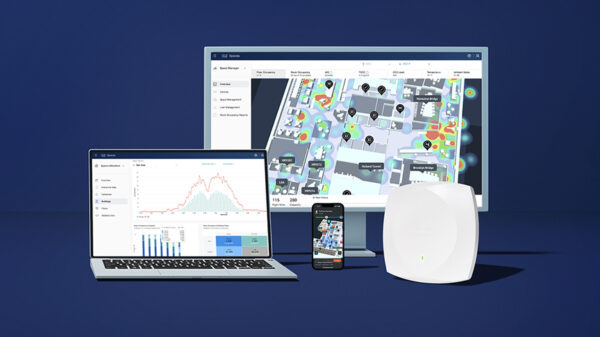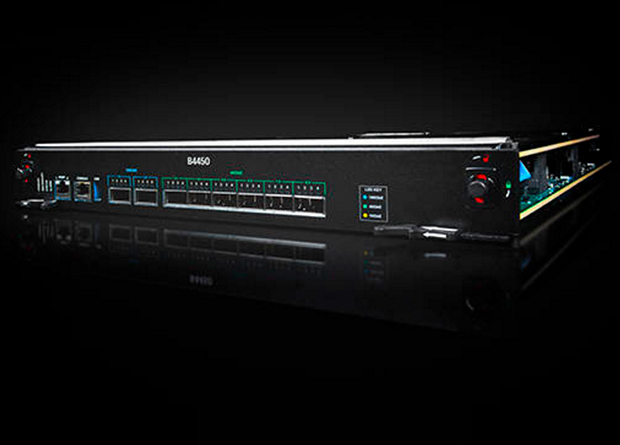F5 Networks launched the 100GbE VIPRION blade in response to the growth of the Internet of Things (IoT), service providers evolving to 5G networks, as well as protection against distributed denial of service (DDoS) attacks and malicious payloads.
The Network Equipment-Building System (NEBS)-compliant VIPRION 4450 blade has two 100GbE ports and six 40GbE ports, supporting over one billion concurrent connections when deployed in an F5 eight-blade chassis, addressing the connectivity and concurrency requirements of IoT.
In addition, the blade eases the transition from 4G to 5G mobile networks, as well as improves the performance of elliptic curve cryptography (ECC) and 2K keys with SSL. Performance on this level enables networks to support the growth of subscribers and data use, as well as promotes DNS, IPv6 migration and SGi firewall use cases in service provider environments.
“With an avalanche of connected devices brought about by IoT, it is crucial for service providers to be able to support hundreds of millions of concurrent connections in addition to non-stop growth of signaling traffic. There is a critical need for network scalability and extensibility to address dynamic growth, as service providers explore their options on the best way to address migration from 4G networks to 5G networks, taking into consideration the exponential expansion of capacity,” Oscar Visaya, country manager for Philippines at F5 Networks.
The level of scalability available with the VIPRION B4450 blade and 4800 chassis—along with its connection setup rate of 20 million connections per second (CPS), when combined with BIG-IP Local Traffic Manager (LTM)—helps to ease service provider migrations from 4G to 5G networks. And the VIPRION B4450 blade’s ability to support over one billion concurrent connections addresses the need for 5G networks to handle 100x connected devices.
For security, the F5 VIPRION 4450 blade and the full-proxy approach of F5 BIG-IP Advanced Firewall Manager (AFM) is able to distinguish between malicious and legitimate connections, then absorb or discard malicious connections before they consume network resources.







































































































